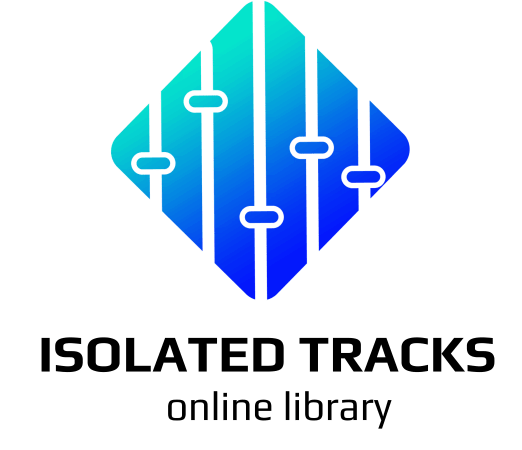Library Features

- Universal Format You can import audio files into any music program on PC, Mac, Android, or iOS. Feel free to use the tools you’re already comfortable with!
- Click Track The metronome is provided in a separate file that runs through the entire song, following all tempo changes. It also includes count-ins after pauses.
- Time-Sync All project tracks are synchronized from start to finish. Each part comes as a single file without being split into takes.
- Quick Mix A quick mixdown with flat channel volumes (no lead, with or without backing vocals) is available if you don’t need full customization of the output mix.
- Free Demo Download the full reference mix for free to check the quality of our work and hear how closely the arrangement matches the original.
- Reference Vocal A bright reference vocal keeps you on track throughout the song, showing you how vividly and emotionally it can be performed.
Our multitracks bring you hits and classics in 48 kHz/24-bit WAV/AIFF. They’re flexible, easy to use, and compatible with most setups, delivering great results even without experience. Save time—no transcribing, no studio rentals, no expensive gear. Import stems into your DAW and start creating. Free demo tracks let you test the quality on your device.


